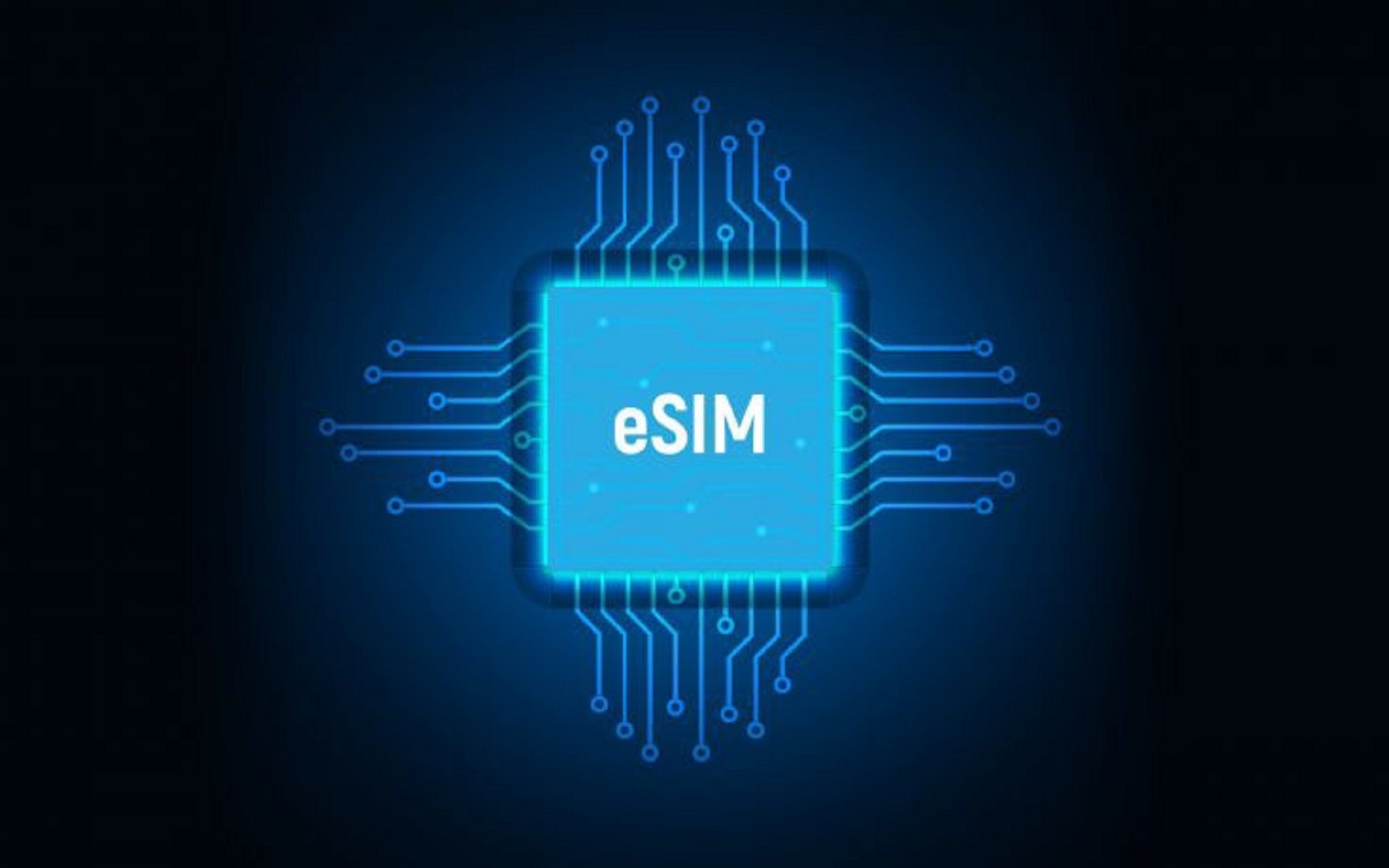An eSIM lets you connect to the Internet over a cellular data connection. With an eSIM, you don’t need to get a SIM card from your mobile operator, and you can quickly switch between mobile operators and data plans. For example, you might have one cellular data plan for work, and a different plan with another mobile operator for personal use. If you travel, you can get connected in more places by finding mobile operators with plans in that area. In this article, we will be discussing the list of laptops that support eSIM.
Content
- What is the need for eSIM on your Laptop?
- List
- FAQs
1. What is the need for eSIM on your Laptop?
Using an eSIM notebook doesn’t require any admin, fumbling around with a cable, or long-term commitment to a single provider. It also offers more reliable coverage in more places with eSIM plans and services that suit your needs and lifestyle.
Laptops with eSIM connect you to the internet without the need for WiFi or any sort of tethering. This makes it easier to use, more reliable, more secure, and lighter on data and battery consumption. Setting it up also requires almost no effort.
eSIM notebooks are particularly useful when traveling. Many cellular carriers don’t allow tethering when the roaming feature is enabled, so users have to rely on local SIM cards or hotspots while traveling with their laptops. An eSIM bypasses this.
Also Read: Extend your Windows or Mac desktop to an Android Tablet or Phone or to an iPhone/iPad
2. List of Laptops with eSIM.
Most major brands have released eSIM notebooks. If you’re wondering whether your laptop is on the list or not, then look for it in the list below:
2.1 Dell Laptops
- Dell Latitude 7210 2-in-1
- Dell Latitude 9410
- Dell’s Latitude 7310
- Dell Latitude 7410
- Dell Latitude 9510
- Dell’s Latitude 5410
- Dell Latitude 5411
- Dell Latitude 5511
2.2 Acer eSIM Laptops
- Acer Swift 3
- Swift 7
- Acer TravelMate P2
- Acer TravelMate Spin P4
- TravelMate P6
2.3 ASUS eSIM Laptops
- ASUS Mini Transformer T103HAF
- ASUS NovaGo TP370QL
- VivoBook Flip 14 TP401NA
2.4 HP eSIM Laptops
- HP Elitebook G5
- HP Probook G5
- Zbook G5
- HP Spectre Folio 13
2.5 Lenovo eSIM Laptops
- ThinkPad X1 Titanium Yoga 2 in 1
- Lenovo Miix 630
- ThinkPad X1 Carbon Gen 9
- ThinkPad X1 Fold
- Lenovo Flex 5G
- Lenovo Yoga C630
- ThinkPad X1 Nano
- ThinkPad X12 Detachable
- Lenovo Yoga 520
- Lenovo Yoga 720 (2-in-1 models)
2.6 MacBook eSIM
There is no eSIM in the MacBook Pro or MacBook Air models. Currently, only Windows eSIM laptops are available.
Apple is yet to release a MacBook with an eSIM. There are rumors about a MacBook with a 5G cellular modem, but only time will tell if these are true.
3. FAQs
3.1 Is it Possible to manually embed an eSIM into a new Laptop?
The answer is no. If your laptop doesn’t have an eSim embedded into the motherboard, you could theoretically add one yourself by manually wiring the eSim module into a WAN module, but it will require a deep technical knowledge of the SIM vs eSIM pinouts, plus high proficiency in electronics and SMD soldering.
My recommendation is that if you want a laptop with an eSIM module, then buy an LTE-ready device. If all you need is a laptop that can connect to your cellular network, getting a Mifi device (hotspot) might be your best option.
3.2 How do eSIM laptops work?
With an eSIM, your laptop acts as a phone by connecting to the internet via a cellular connection instead of a WiFi connection.
An eSIM, unlike a traditional SIM card, connects to a cellular network wirelessly using remote SIM provisioning. To get connected to a network you download a virtual eSIM profile to the embedded SIM that is built into your phone.
This eliminates the need for a plastic SIM card or traditional mobile plan.
As you would with a traditional SIM card, you choose an eSIM plan based on your needs. Only with an eSIM, you have more flexibility and there is no need to wait around or make a long-term commitment to a single mobile network or eSIM provider.
3.3 How to check whether your device is eSIM supported or not?
Here’s how you can check if your PC has an eSIM:
Select the Start button, then select Settings > Network & internet > Cellular.
On the Cellular screen, look for a setting Use this SIM for cellular data near the top, then select the drop-down box to see if eSIM, SIM2, or something similar appears.



















![Samsung’s Innovation Sparks Progress in Science and Industry: Quantum Dots How Samsung’s Engineering Feat Became a Catalyst for Scientific and Industry Advancement [Interview on Real Quantum Dots Part 2.]](https://www.hawkdive.com/media/samsung-tvs-and-displays-samsung-quantum-dots-technology-qled-tvs-quantum-dots-experts-interview-par-218x150.jpeg)

















